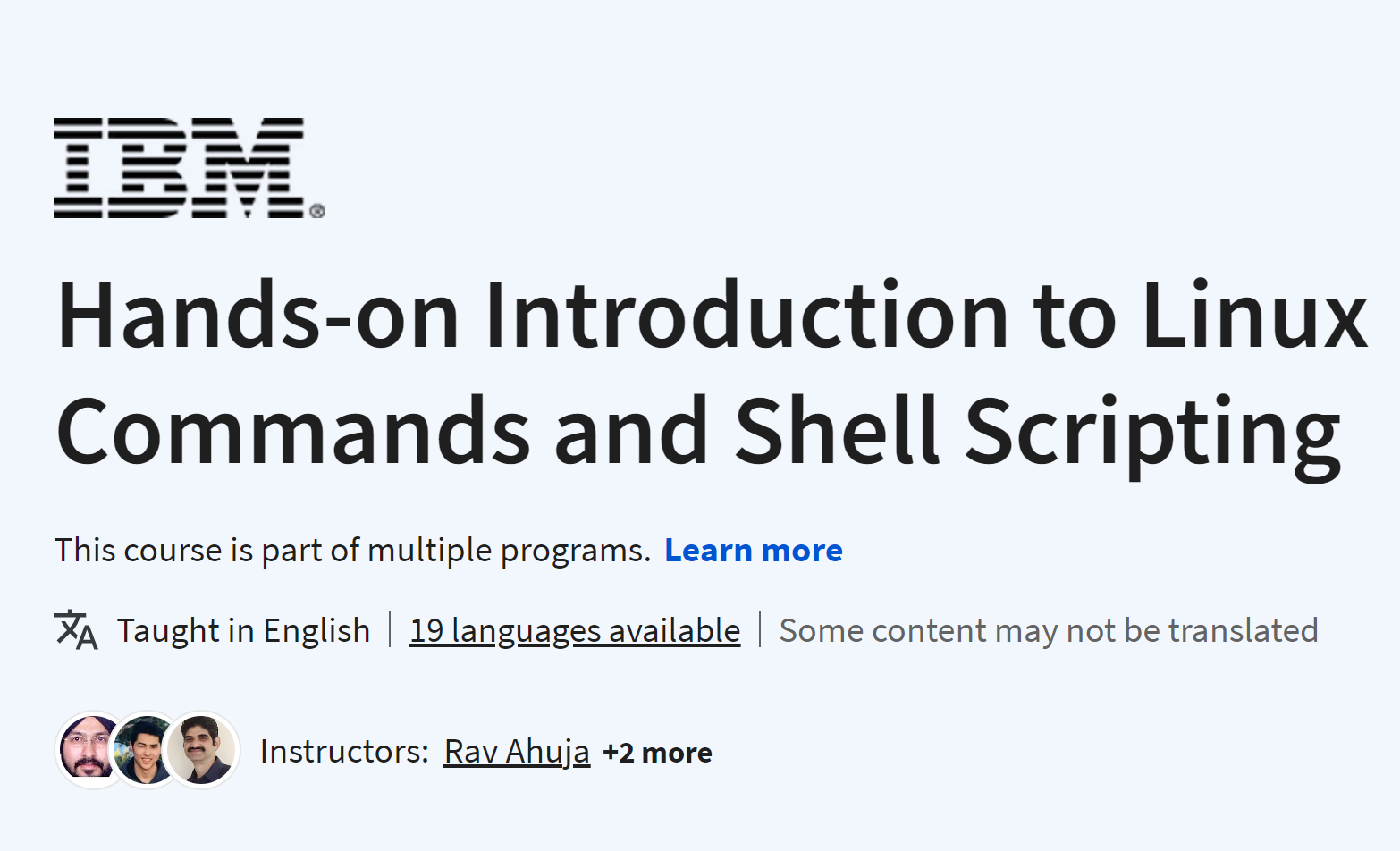
Python Scripting for DevOps: Mastering Automation and EfficiencyIn the fast-paced world of DevOps, automation is a critical component that ensures seamless operations, continuous integration, and efficient deployment. One of the most...
Python Developer April 01, 2025 Coursera, Python, Scripting No comments

Python Developer April 01, 2025 Coursera, Python, Scripting No comments

Python Coding January 02, 2024 Coursera, IBM, Scripting No comments

Free Books Python Programming for Beginnershttps://t.co/uzyTwE2B9O
— Python Coding (@clcoding) September 11, 2023
Top 10 Python Data Science book
— Python Coding (@clcoding) July 9, 2023
🧵:
Top 4 free Mathematics course for Data Science ! pic.twitter.com/s5qYPLm2lY
— Python Coding (@clcoding) April 26, 2024
Web Development using Python
— Python Coding (@clcoding) December 2, 2023
🧵: